Some landscaping ideas for a sloped yard include terracing, creating retaining walls, planting ground cover and native plants, adding pathways and steps, installing a rock garden or water feature, and incorporating raised flower beds.
Sloped yards can be tricky to landscape, but with a little creativity and some hard work, you can create a beautiful outdoor space.
From terracing and retaining walls to creative pathways and water features, there are many landscaping ideas for sloped yards that will help you make the most of your outdoor space.
In this blog post, we’ll discuss some simple landscaping ideas for sloped yards so you can create an oasis in your backyard.
Look Inside:
Creating Terraces
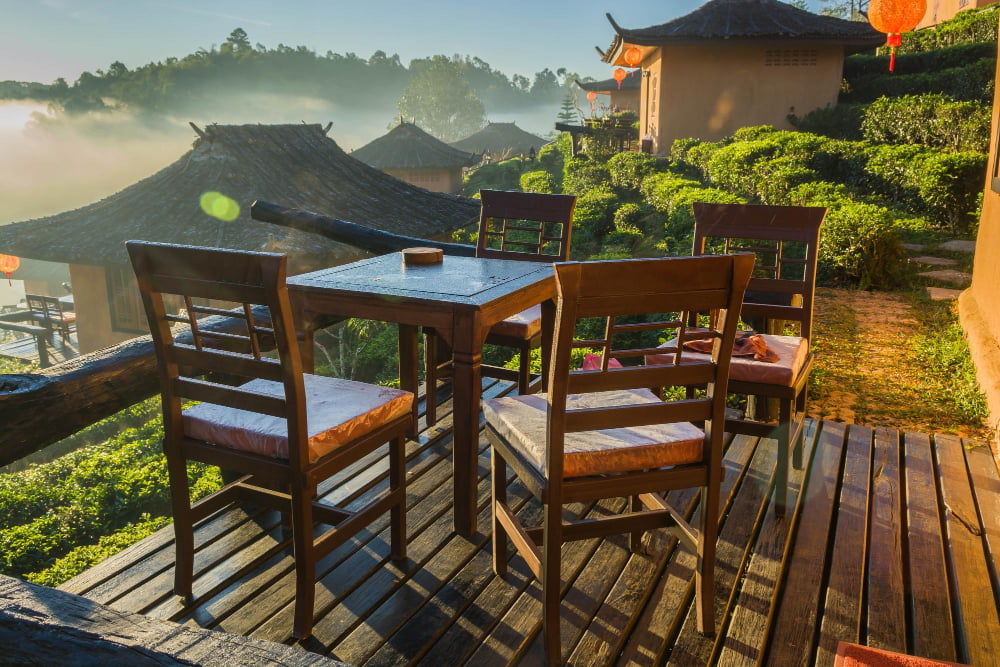
This landscaping technique involves building walls or structures that divide the slope into different levels, creating flat areas for planting and other activities. The walls can be made from materials such as stone, brick, wood, or even metal.
These terraces can also be used to create pathways and steps up the hillside. By using this method, you can turn an otherwise unusable area into something beautiful and functional.
Planting Trees and Shrubs

Trees can provide shade, privacy, and wind protection while also helping to stabilize the soil on the slope. Shrubs can be used as ground cover or for adding color and texture around trees.
When planting on a slope, it’s important to choose plants that are well-suited for the environment in terms of sun exposure, soil type, drainage, etc., as well as those that will not require too much maintenance over time. When planting trees or shrubs on a slope it is important to consider how they will grow over time so that they do not become unstable or cause erosion issues down the line.
Installing Retaining Walls
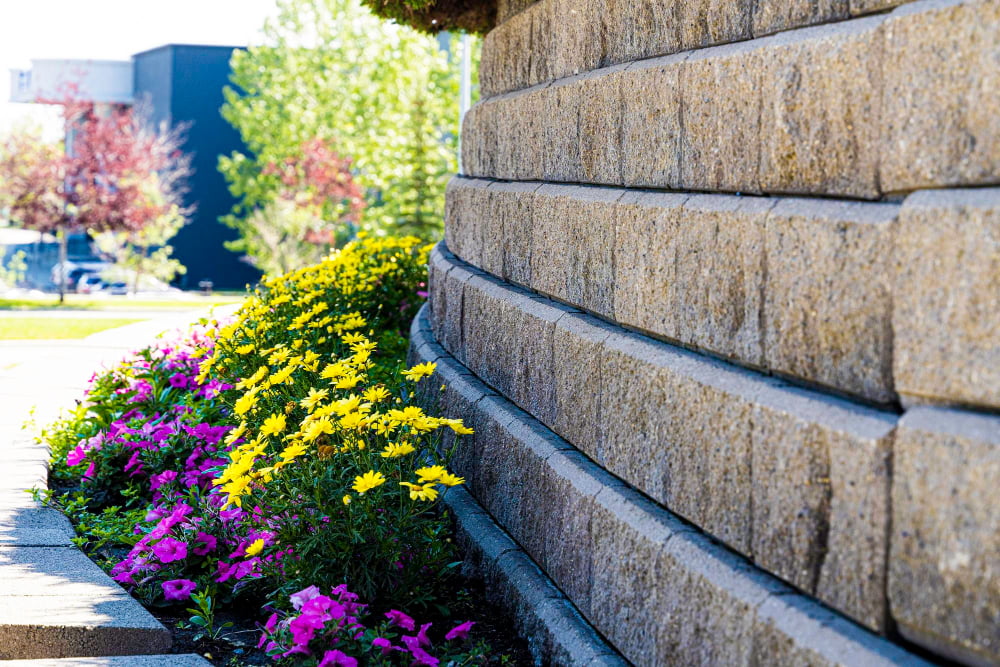
They can be used to create level areas for planting, seating, or other outdoor activities. Retaining walls also help prevent soil erosion and provide structural support for the landscape.
Installing a retaining wall involves building a structure that is designed to hold back soil and keep it in place on steep slopes. The wall should be made of durable materials such as concrete blocks, bricks, stones, or wood planks that are secured together with mortar or metal fasteners.
It is important to ensure that the wall is properly constructed so it can withstand pressure from the soil behind it and remain stable over time. Drainage systems may need to be installed at the base of the wall in order to allow water runoff from rainstorms or irrigation systems to flow away from the area without causing damage.
Adding a Rock Garden
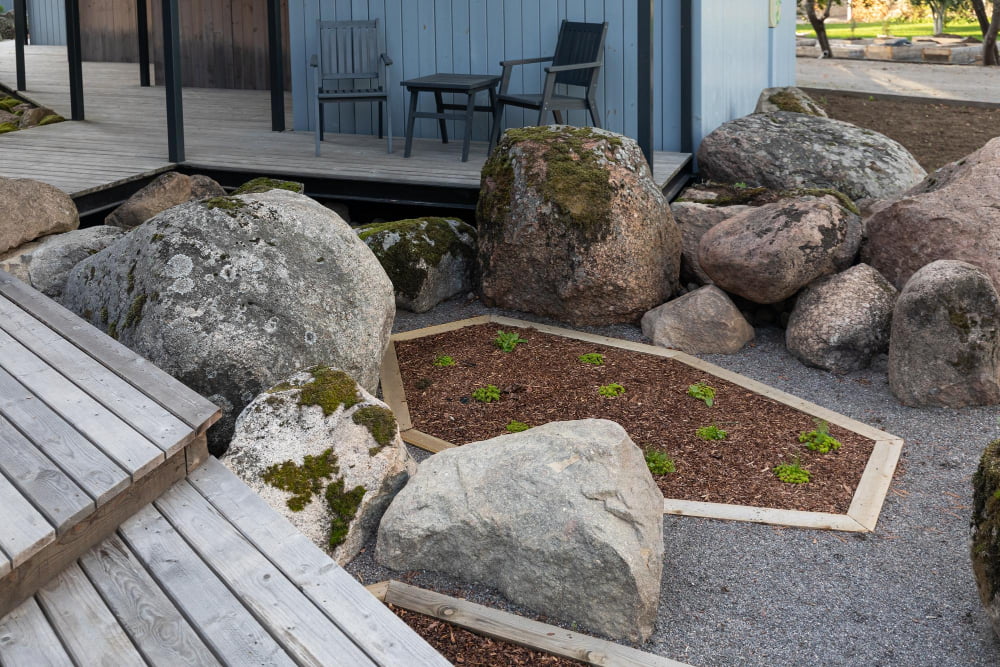
A rock garden can be designed in many different ways, depending on the size of the slope and the desired look. Generally, rocks are placed in groups or lines along the slope to create terraces that help control erosion and provide stability for plants.
The rocks can be arranged in various sizes, shapes, and colors to create an aesthetically pleasing design. Planting low-growing shrubs or ground cover between the rocks will help keep them in place while adding color and texture to your landscape.
Adding water features such as fountains or ponds can bring life to your rock garden while providing a calming atmosphere for relaxation.
Creating a Water Feature
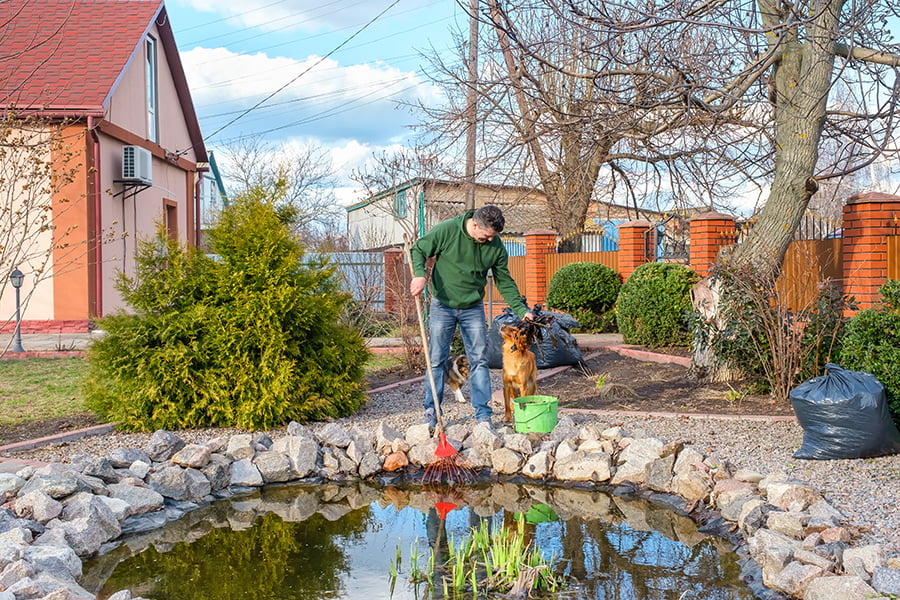
Water features can be as simple or complex as desired, depending on the size of the yard and budget. A basic water feature could include a small pond with a fountain or waterfall, while more elaborate designs may involve multiple levels of cascading streams and ponds connected by bridges or stepping stones.
The slope of the land can be used to create natural-looking terraces for these features, adding depth and dimension to the landscape. Plants such as grasses, shrubs, trees, flowers, and aquatic plants can be added around the water feature for further aesthetic appeal.
Building Steps or Pathways Up the Slope
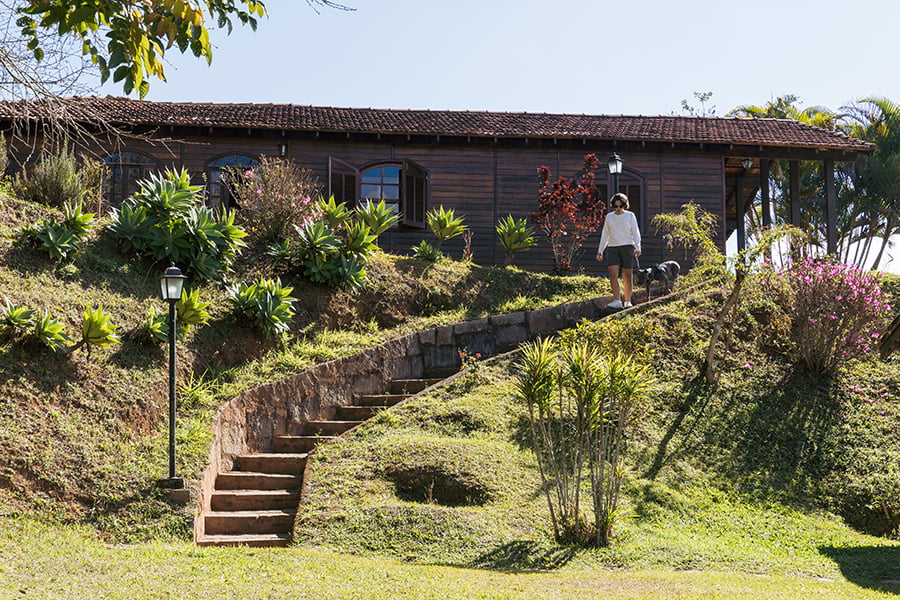
Steps can be constructed from materials such as stone, brick, wood, or concrete. Pathways can be made with gravel, mulch, pavers, or other materials.
Both steps and pathways will help to break up the slope and provide easy access to different areas of the yard. They can add visual interest by creating interesting patterns in the landscape design.
When building steps or pathways on a sloped yard it is important to consider safety first; ensure that each step has enough depth for secure footing and that any curves are gradual enough for comfortable walking.
Incorporating Raised Flower Beds or Vegetable Gardens
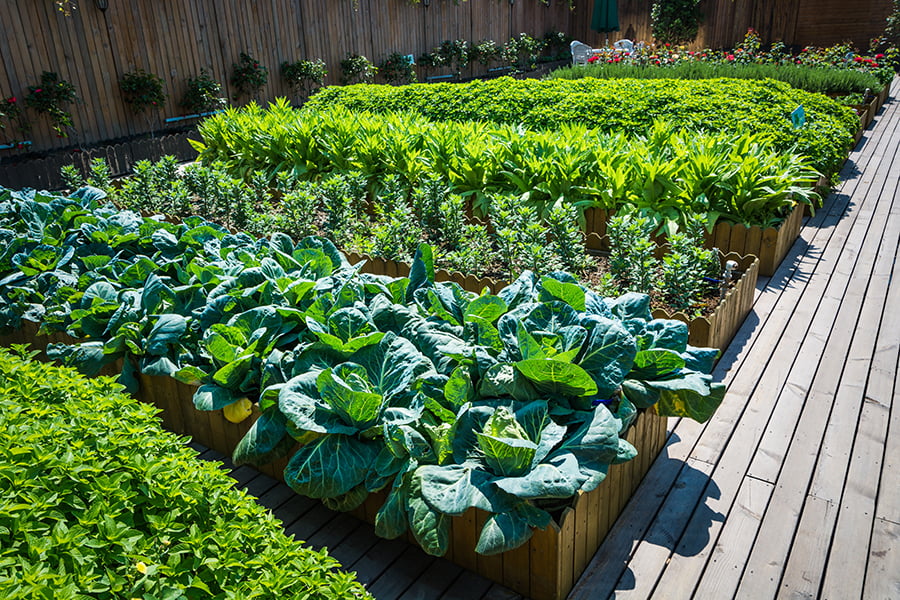
By building raised beds, you can create level areas for planting that will be easier to access than the sloped ground. Raised beds also help with drainage, as they allow excess water to run off more easily.
They can provide an attractive visual element in your landscaping design. When constructing raised flower or vegetable beds on a slope, it is important to use materials that are strong enough to withstand the weight of soil and plants while also providing stability against shifting soil or erosion.
Common materials used include wood planks, stone blocks, bricks or concrete blocks. It is also important to consider how much sunlight each area will receive when deciding where in the yard these raised beds should be placed.
Using Ground Cover Plants to Reduce Erosion
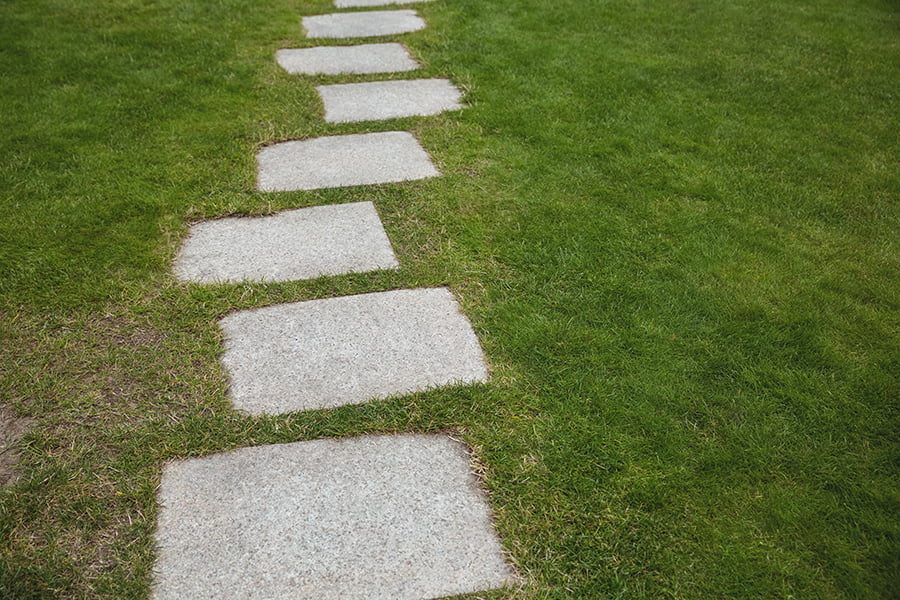
These plants have shallow root systems that spread out horizontally, helping to hold the soil in place and prevent it from washing away. Ground covers also help to keep moisture in the soil, which helps promote healthy grass growth and prevents weeds from taking over.
Ground cover plants can add texture and color to your landscape design, creating a more attractive outdoor space. When selecting ground cover for your sloped yard, choose varieties that are native to your area so they will be better adapted for local conditions.